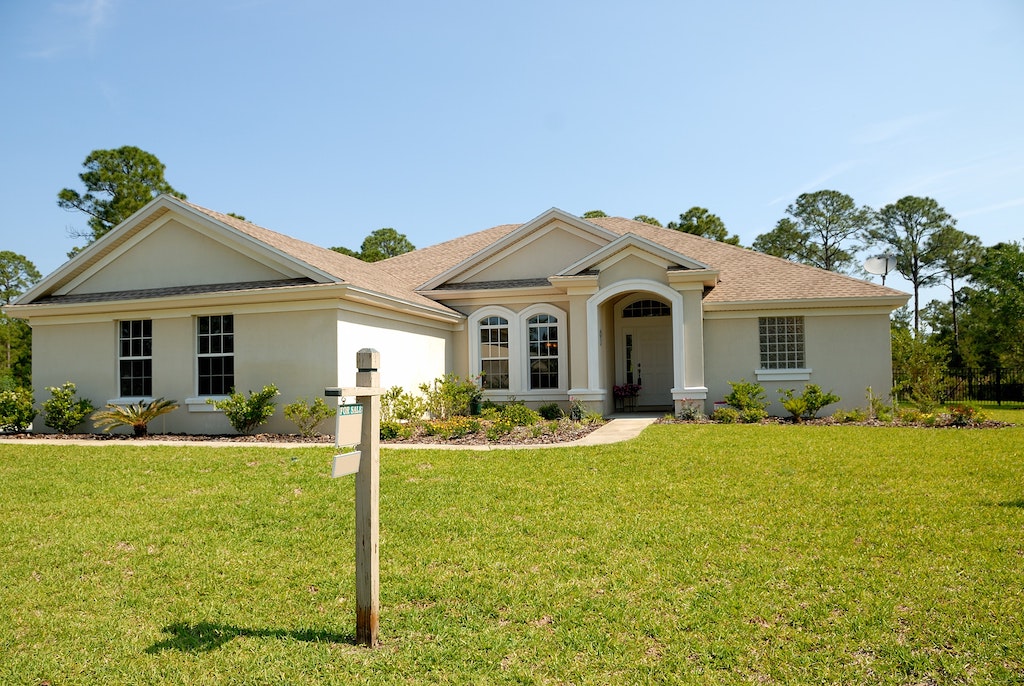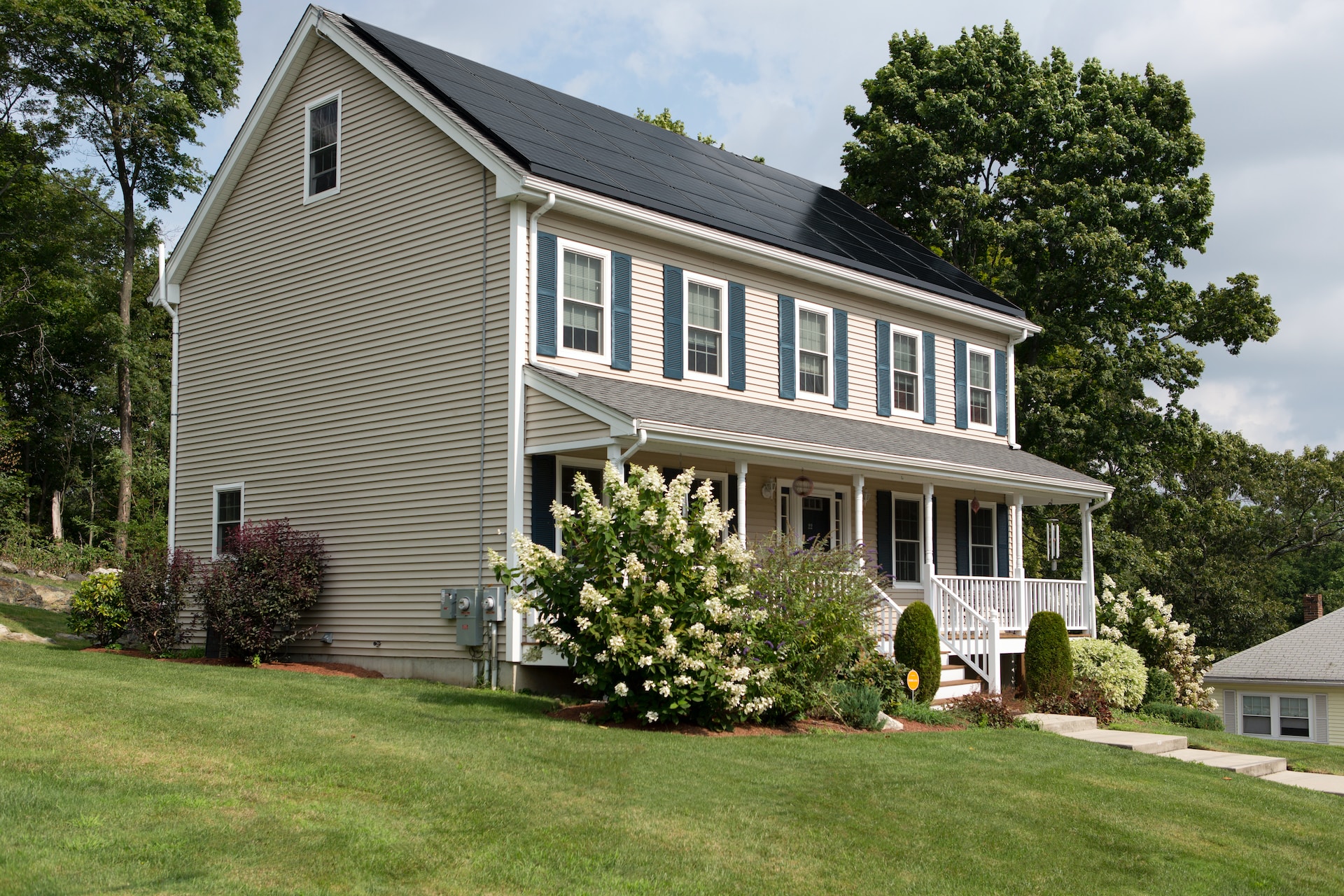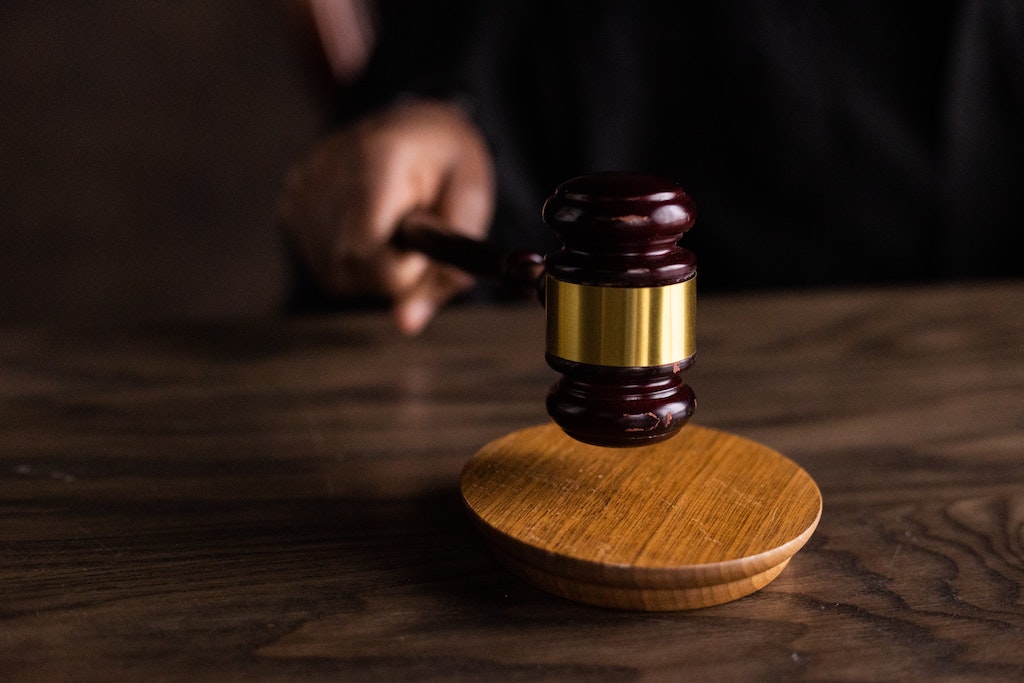Vacant properties present unique challenges and opportunities. If you currently own a vacant home or plan to have an unoccupied property soon, it’s wise to consider the benefits of vacant home insurance. This guide will help you understand what vacant home insurance entails and how it can protect your property.
What is Vacant Home Insurance
Vacant home insurance is a specialized form of coverage designed specifically for homes that are not currently inhabited. Often referred to as vacant property insurance or unoccupied home insurance, this coverage protects your property from financial losses due to unforeseen damages that can occur when no one is residing in the home.
Vacant Home Insurance vs. Standard Homeowners Insurance
It’s a common misconception that standard homeowners insurance policies cover vacant homes. However, most standard policies include vacancy clauses that limit or eliminate coverage after the house has been empty for a period, typically 30 to 60 days. Since vacant homes are more susceptible to risks such as theft, vandalism, and other types of damage, insurance providers are generally hesitant to cover these risks under a typical homeowners policy.
Who Needs Vacant Home Insurance?
Ideally, every vacant home should be covered by vacant home insurance. A home may be considered vacant if it is empty and unused for an extended period, whether on the market for sale, a seasonal vacation home, under renovation, or awaiting new tenants.
Coverage Offered by Vacant Home Insurance
Vacant home insurance typically offers coverage similar to a standard homeowners policy but under the unique circumstances of an unoccupied home. Coverage can include:
- Theft and vandalism
- Fire and smoke
- Lightning and hail
- Water damage due to leaking pipes
- Windstorm damage
- Explosions
The specifics of what your vacant home insurance covers and the duration of coverage will depend on your insurer and the policy options you select.
Cost of Vacant Home Insurance
Due to the increased risks associated with vacant homes, the cost of insuring them typically runs higher—about 50% to 60% more—than insuring an occupied home. Some insurers offer prorated plans if the home won’t be vacant year-round, and short-term policies may also be available.
If your property will be unoccupied for more than a month, securing vacant home insurance is a smart decision. This coverage offers peace of mind and protects your investment from potential threats, ensuring that your property remains a valuable asset.




